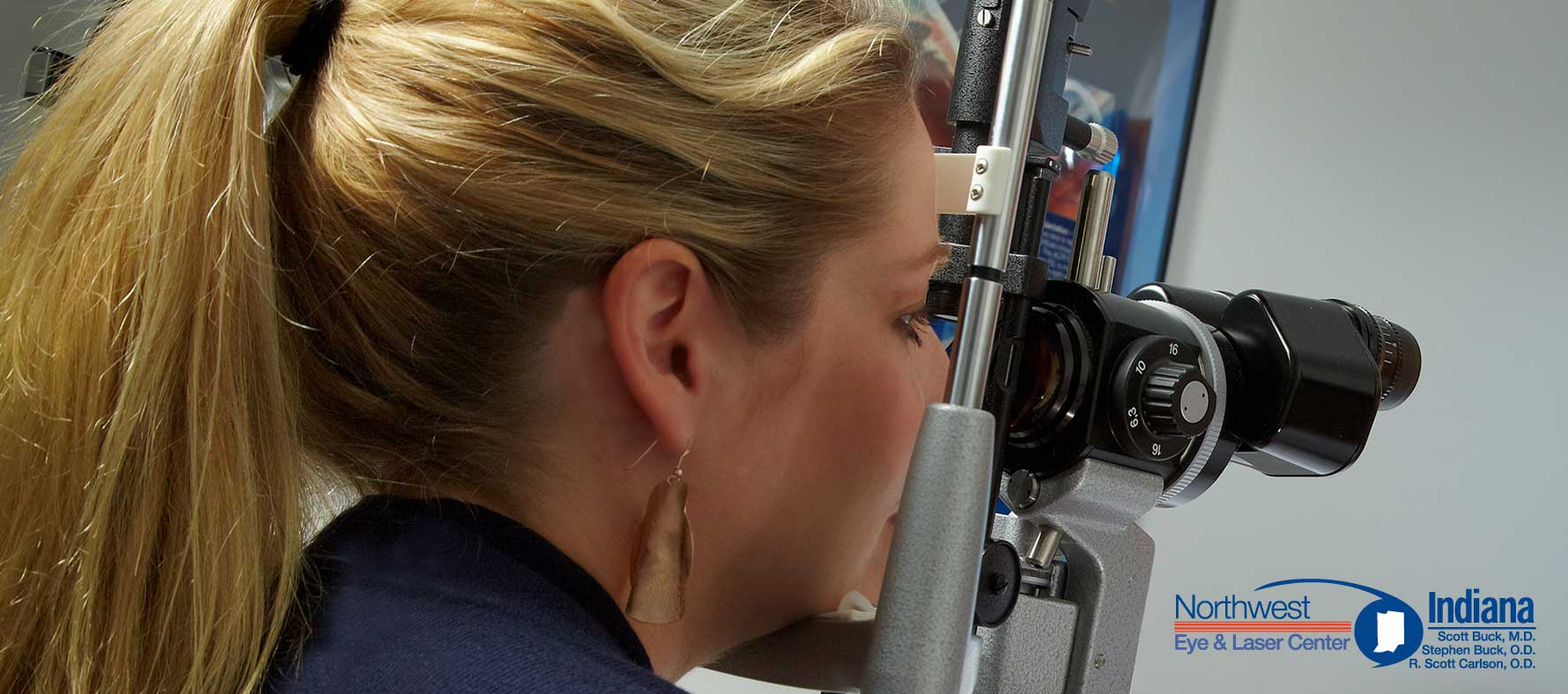
Eyelid and Facial Skin Cancers
Growths on or around the eyelids and face are common. The vast majority of these lesions is benign and can be easily removed in the office with excellent results and little if any discomfort. The approach to growths on the eyelids and face is similar to elsewhere on the body in that changes in appearance, size or color are all considered important to bring to the attention of your doctor who will then carefully evaluate these eyelid and facial growths. Sometimes a quick and relatively simple in office biopsy procedure may be required to determine whether the lesion is problematic. Should the growth in question be malignant, we can remove it and provide the necessary level of treatment or surgery to create a proper cosmetic result. There are several types of malignant growths of the eyelid and face that we want to observe and identify.
This is the most common malignant or cancerous growth of the eyelid is basal cell carcinoma which is typically a very slow growing malignancy that may be present for several months before it is recognized. This cancer rarely spreads to other parts of the body, but it does require removal and reconstruction. Should a biopsy specimen be read by the pathologist as positive for malignancy, further management will be required which may include a simple office procedure or may require extensive removal and reconstruction in a hospital setting under monitored anesthesia. Generally, patients do extremely well and most patients who undergo resection and reconstruction of a basal cell carcinoma can have no residual cosmetic deformity.
This is a relatively slow growing cancer but has a greater potential to locally invade, as well as metastasize as well as to travel along nerve roots and therefore, can often present with pain. Fortunately, it is much less common than basal cell cancers. It is managed in the same way as a basal cell cancer, although a wide excision may be required. It is also generally dealt with more promptly than a basal cell cancer.
This is exceedingly rare, but it is most specific to the eyelids and can mimic several other benign problems of the eye and it is therefore frequently misdiagnosed or diagnosed after delay. It most frequently occurs in patients in the 70’s and 80’s but can occur at any age and is serious in that it has metastatic potential. Diagnosis is often difficult even when an adequate specimen is obtained and sent for pathologic evaluation.
Like other parts of the body, an abnormal coloration to the skin can represent a melanoma or something along the spectrum of a melanoma. While eyelid/facial melanomas are rare, any pigmented lesion around the eyelid deserves attention. Similar guidelines to pigmented lesions or moles on other parts of the body, certainly apply to the eyelids. Changes in color, size and behavior all warrant evaluation and possible biopsy.